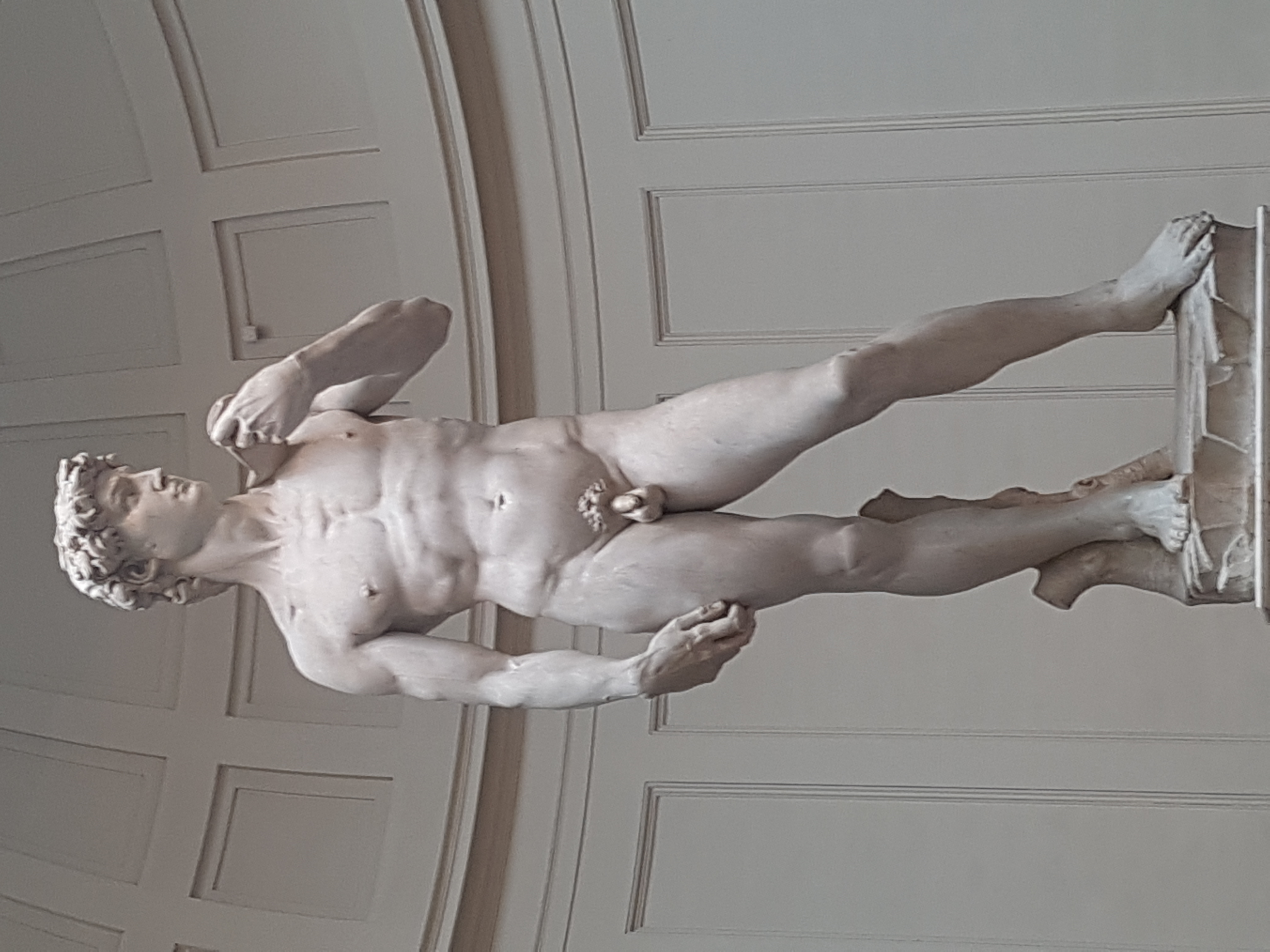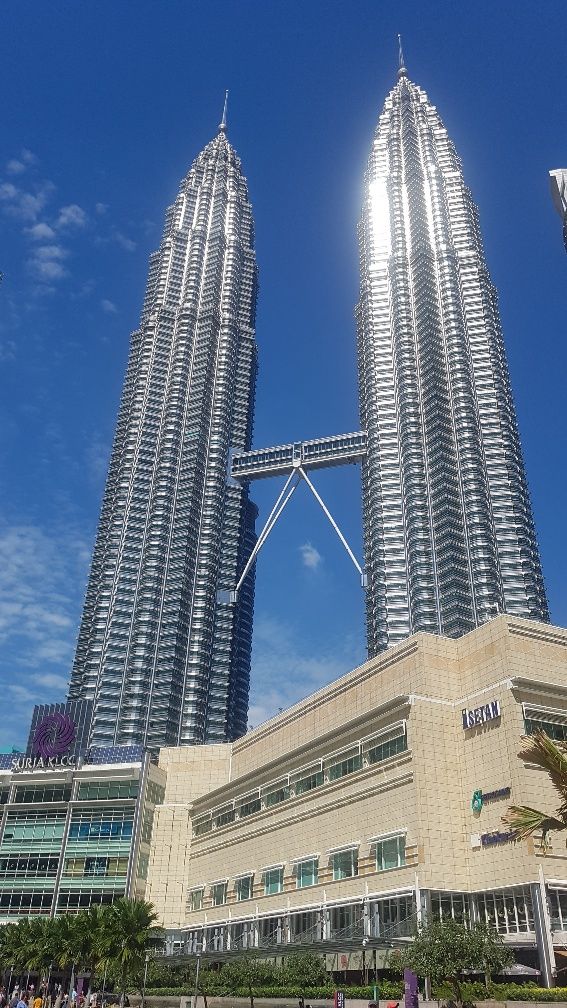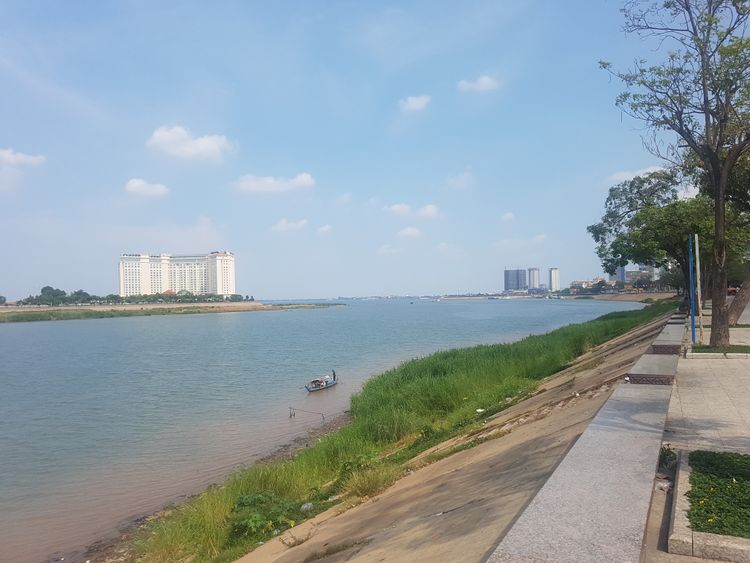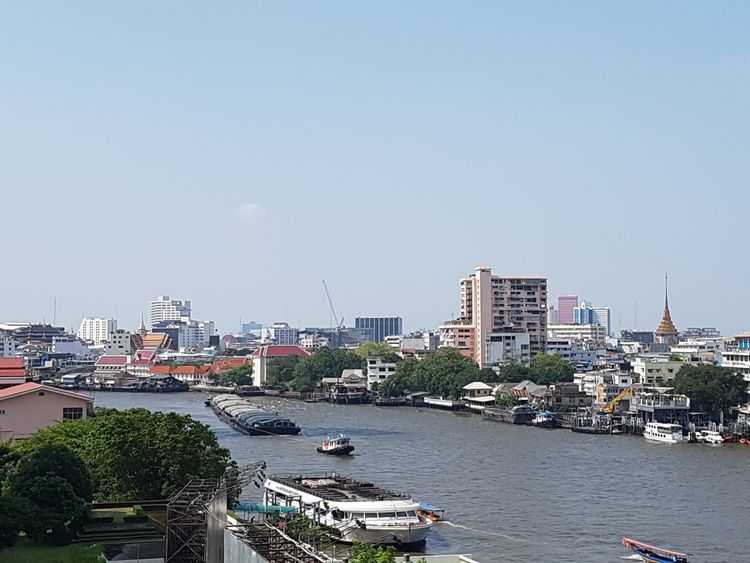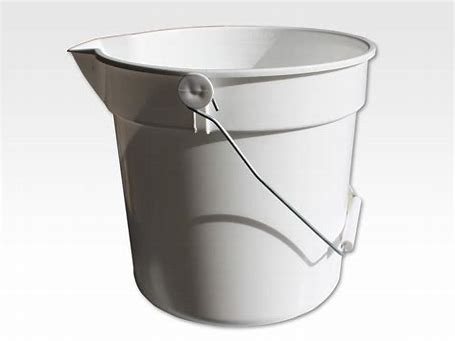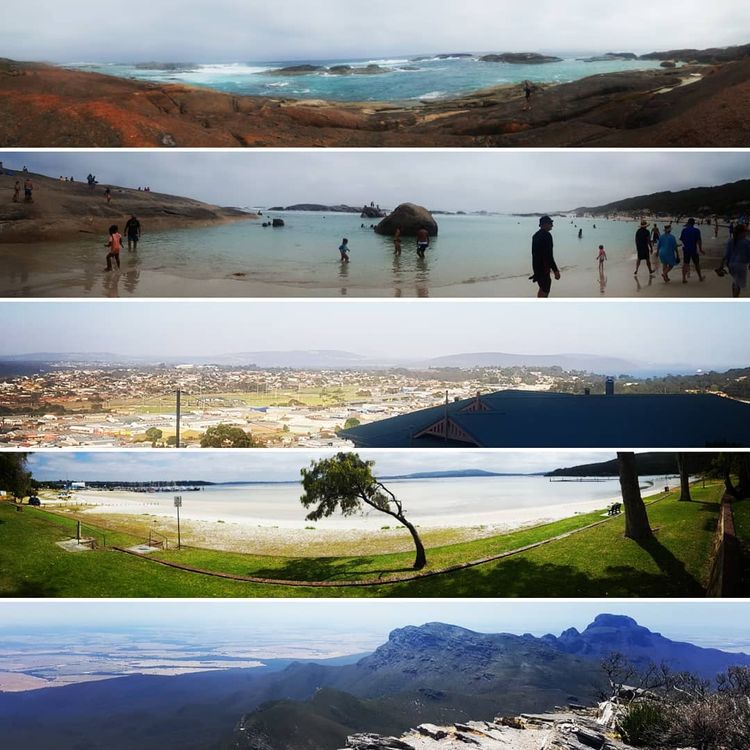Che Figata Italia - Part I
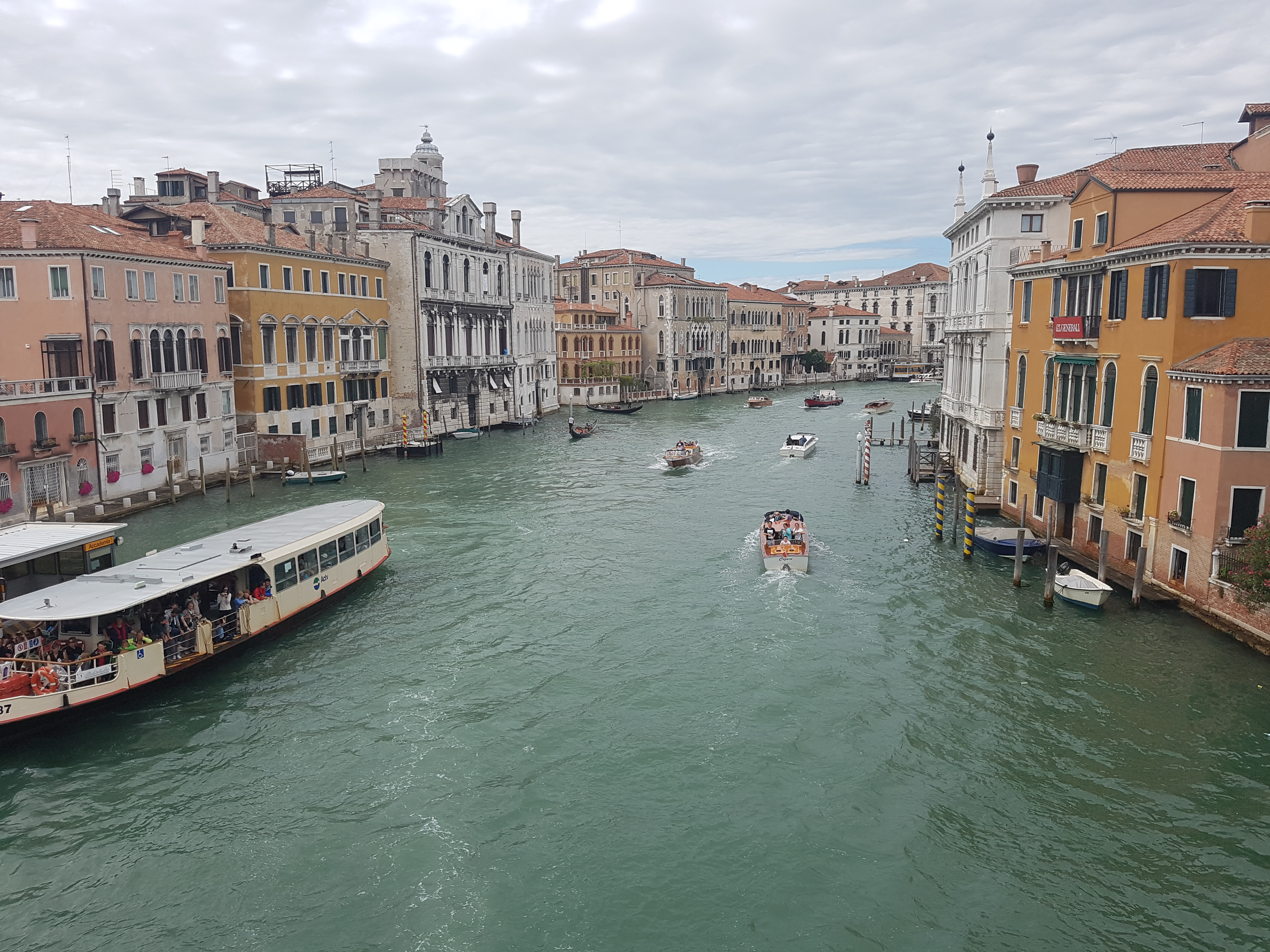
Located in the heart of the Mediterranean sea, the iconic boot-shaped country has a beautiful long coastline. Various italic tribes lived here alongside Greeks, Phoenicians and Carthaginians until the Italic tribe known as the Latins formed the Roman kingdom. Which everyone knows eventually became a Republic, Rome was the capital of this Republic and became the centre of leading cultural, political and religious centre of Western civilization. Viva Italia!
In the middle ages, Italy was invaded by Barbaric tribes. Whilst central Italy remained under the Papal states, Southern Italy was feudal as a result of Byzantine, Arab, Norman, Spanish and Bourbon conquests.
When the Renaissance began in Italy, it brought a renewed interest in humanism, science, exploration and art to the world. eg; Leonardo Da Vinci, Galileo, Michaelangelo, Machiavelli, Marco Polo, Christopher Colombus, and Amerigo Vespucci.
Italy is smothered with culture, regardless which region you visit. Everyone loves pasta and pizza, but we have so much more to thank Italy for...
Venice (Venezia),
Ah Venezia: automatically you think of the Grand Canal, Piazza San Marco, Basilica St Mark, or the St Marks Campanile. Venice always had a trade system developed with both the Byzantine empire and the Muslim world, as well as the Silk Road and China.
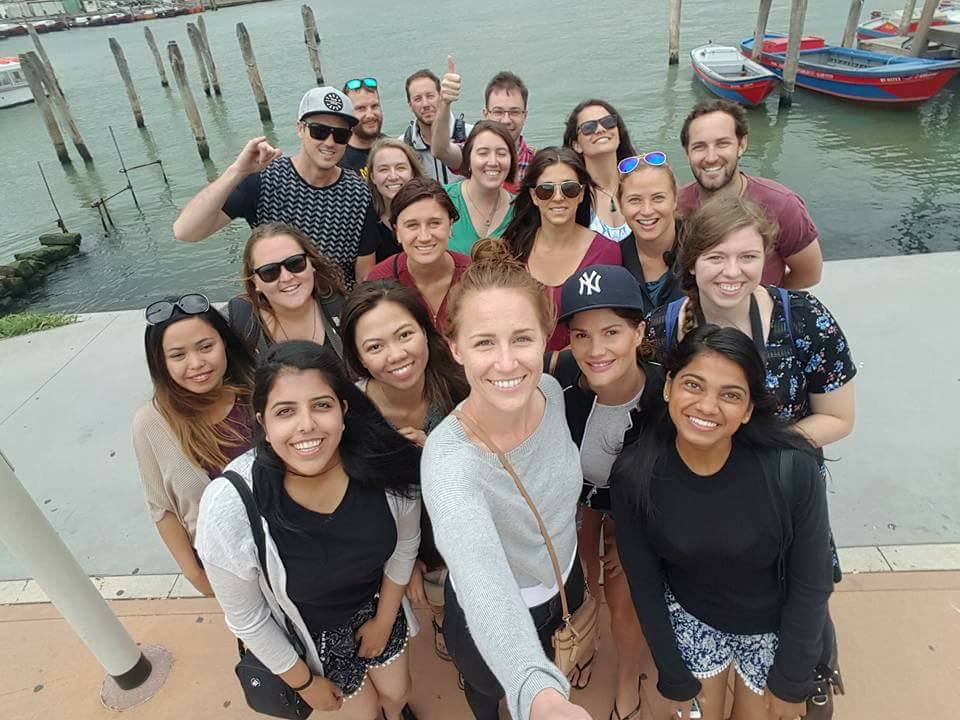
The city of Venice is divided into six areas - or islands known as 'sesteri' which is also the reason why there are six fingers on the ferro on the bow of the gondolas. Acqua Alta is high water, and the apt name of a book-store which I visited in the city. Venezians have developed many modes of transport including the Traghetti, Vaporetti, and specialized Gondolas with highly trained Gondoliers.
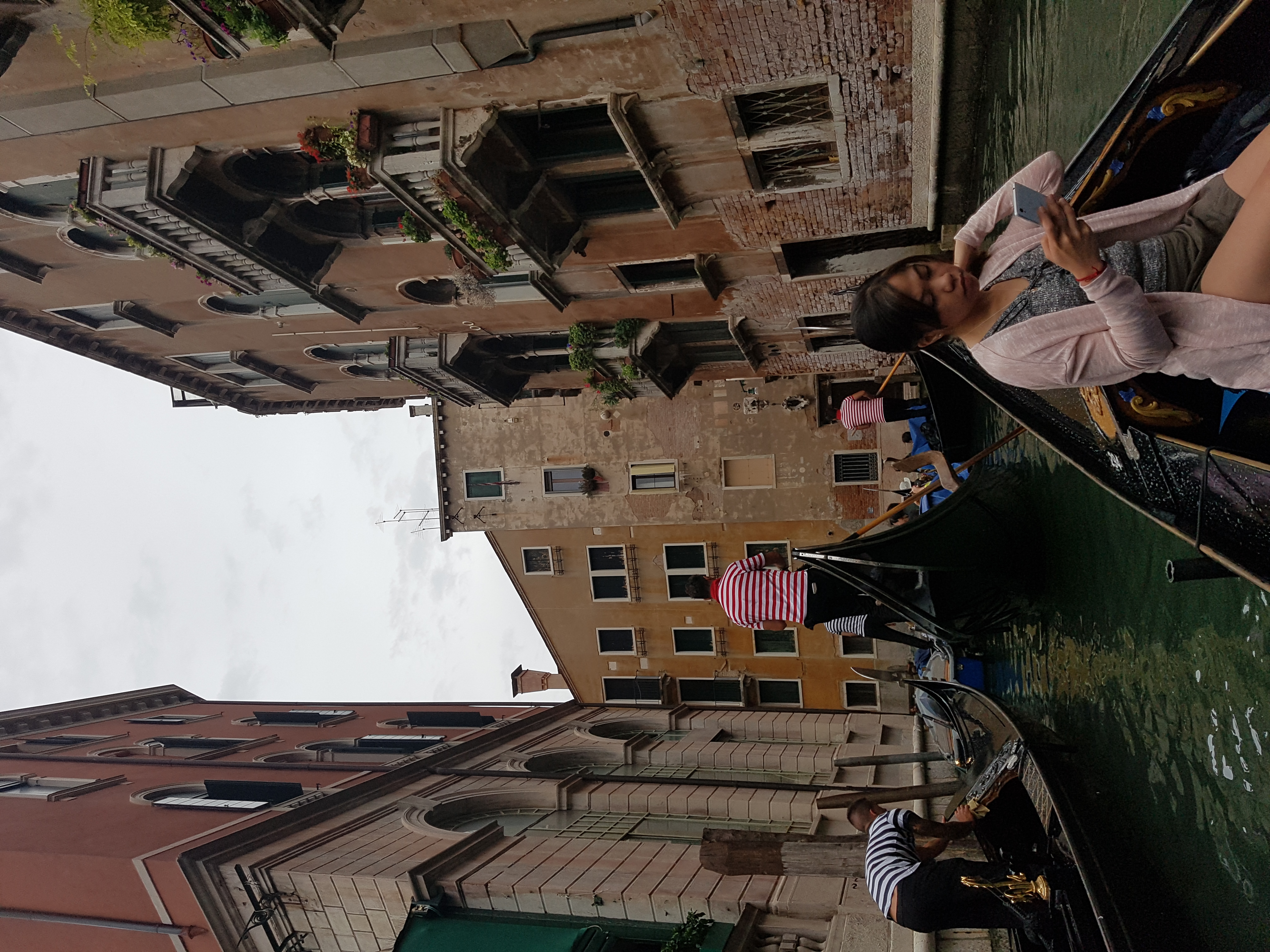
Murano glass is glass made on the Venetian island of Murano, which has specialized in fancy glasswares for centuries. Murano’s glassmakers led Europe for centuries, developing or refining many technologies including crystalline glass, enamelled glass (smalto), golden glass (goldstone), multicolored glass (millefiori), milk glass (lattimo), and imitation gemstones made of glass. Today, the glass-sculptors of Murano are still employing the centuries-old techniques, crafting modern art glass and glass figurines and a multitude of tourist souvenirs.
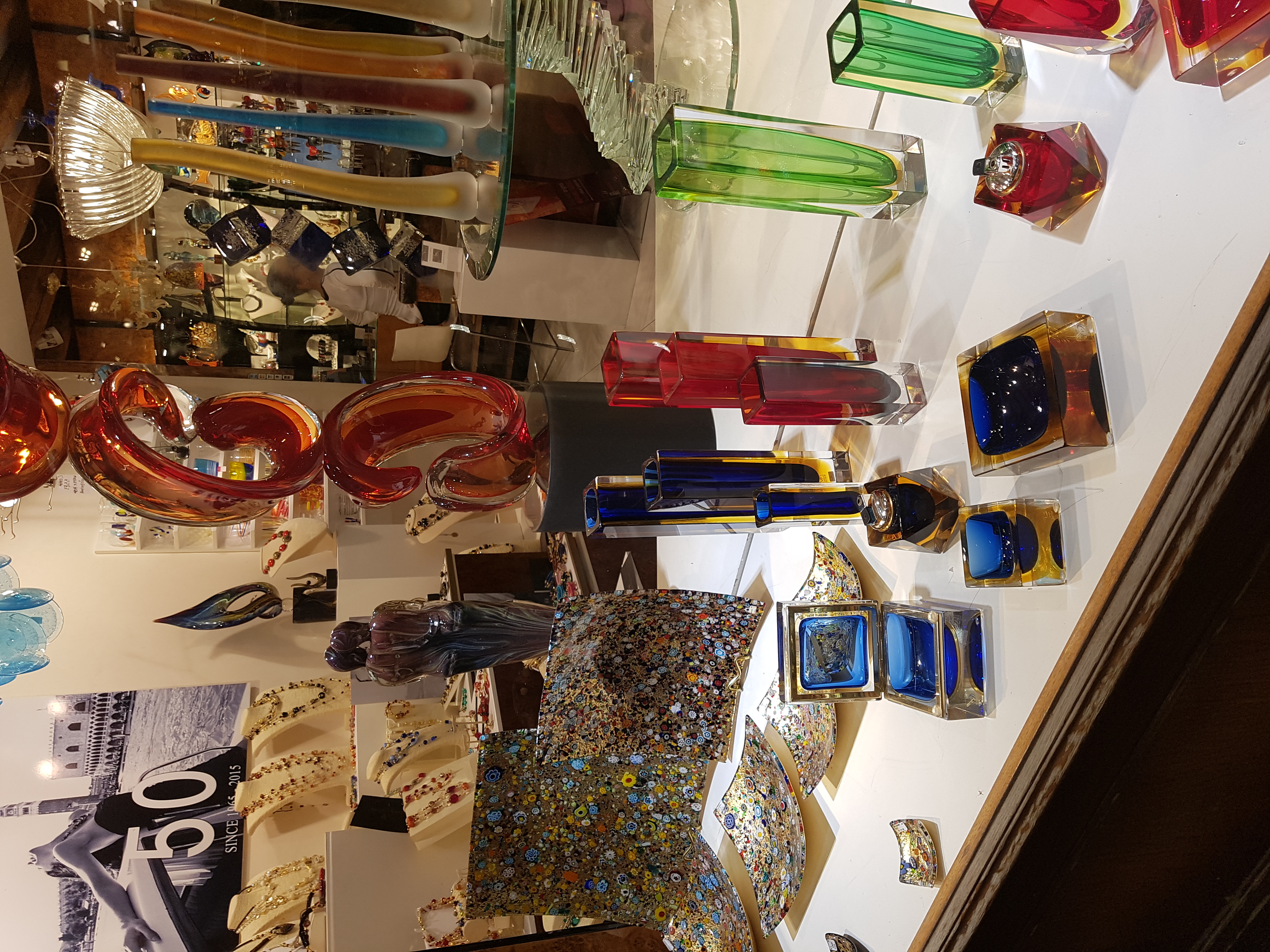
Venice was also the center of fashion for the courts of Europe in the Middle ages. Not only did Venice supply silks, satins and laces, but the seamstresses also decreed their mode of use. France and England were the largest markets for Venetian fashionistas. Catherine de Medici took with her to France, collars of rich point lace. Their popularity was immediate and still remains just as popular to this day.
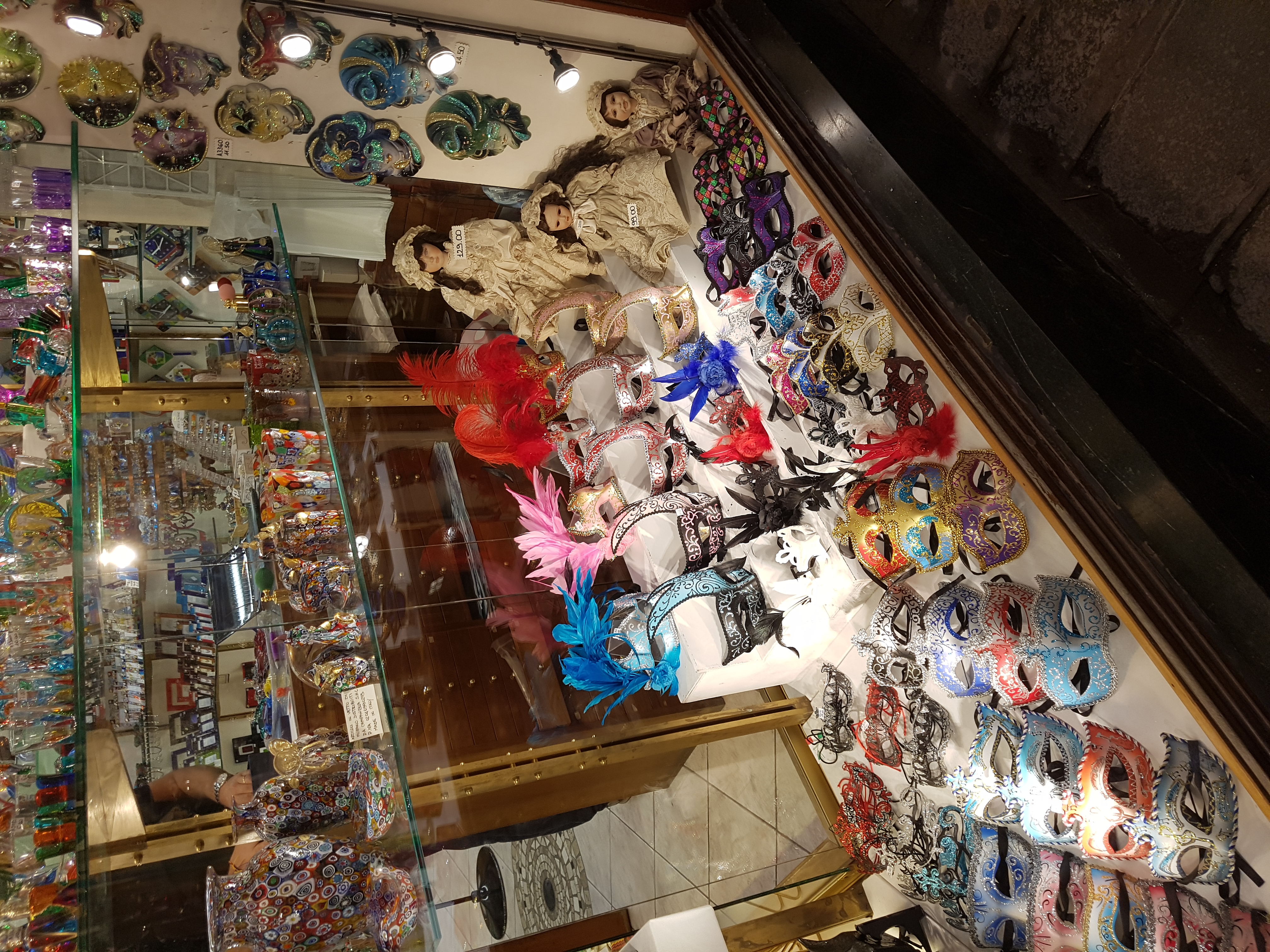
Venetian masks are another centuries-old tradition of Venice. The masks were typically worn during the Carnival, but have been used on many other occasions in the past, usually as a device for hiding the wearer's identity and social status. The mask would permit the wearer to act more freely in cases where he or she wanted to interact with other members of the society outside the bounds of identity and everyday convention. It was useful for a variety of purposes, some of them illicit or criminal, others just personal, such as romantic encounters, as written about in Shakespeare's Romeo & Juliet.Venetian masks are characterised by their ornate design, featuring bright colours such as gold or silver and the use of complex decorations in a baroque style.
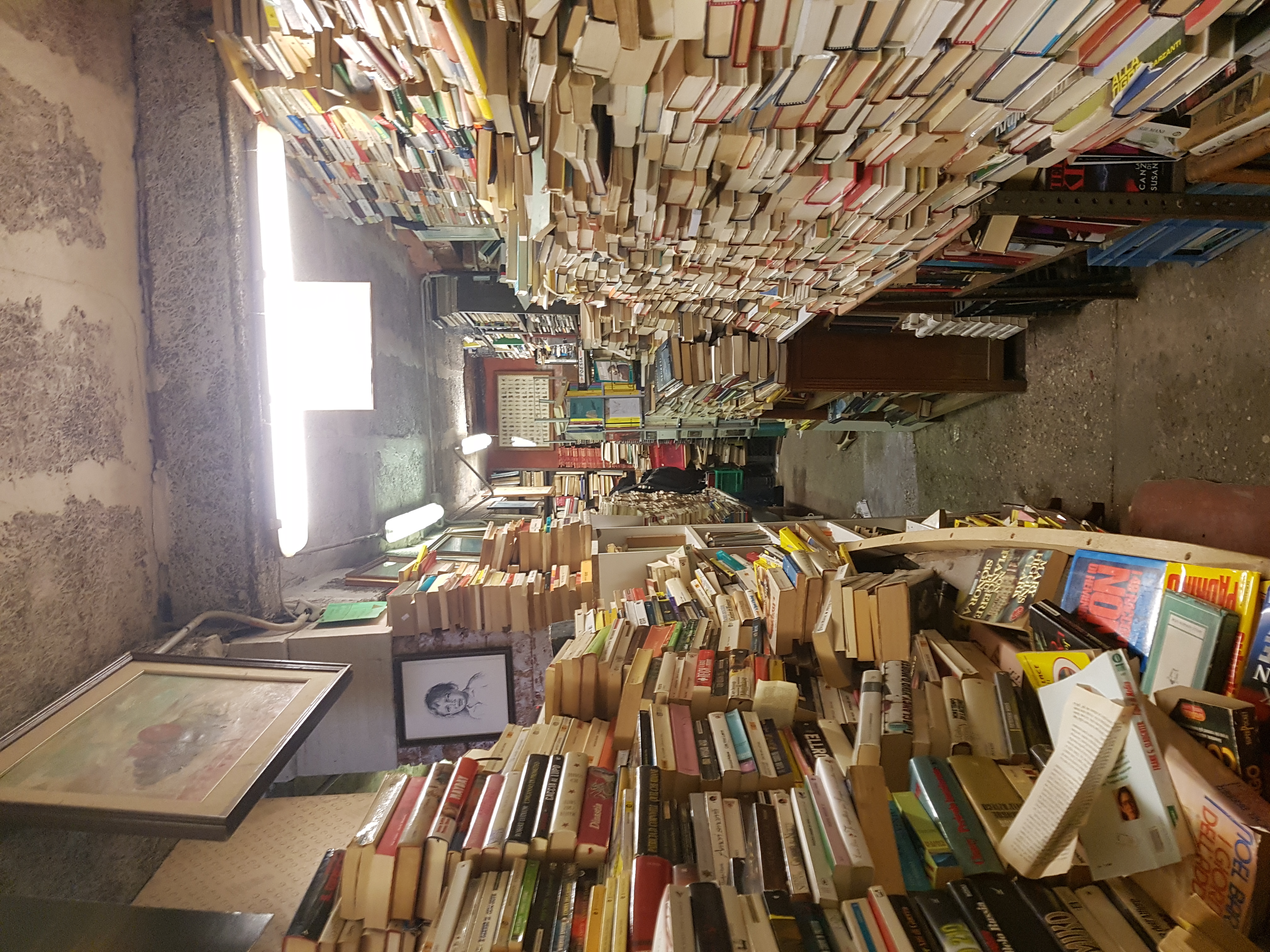
Marco Polo, was a Venetian merchant traveller. His travels are recorded in the book 'Livres des merveilles du monde'. He learned the mercantile trade from his father and uncle, Niccolò and Maffeo, who travelled through Asia and met Kublai Khan. In 1269, they returned to Venice to meet Marco for the first time. The three of them embarked on an epic journey to Asia, returning after 24 years to find Venice at war with Genoa; Marco was imprisoned and dictated his stories to a cellmate. He was released in 1299, became a wealthy merchant, married, and had three children. Marco Polo was not the first European to reach China but he was the first to leave a detailed chronicle of his experience.
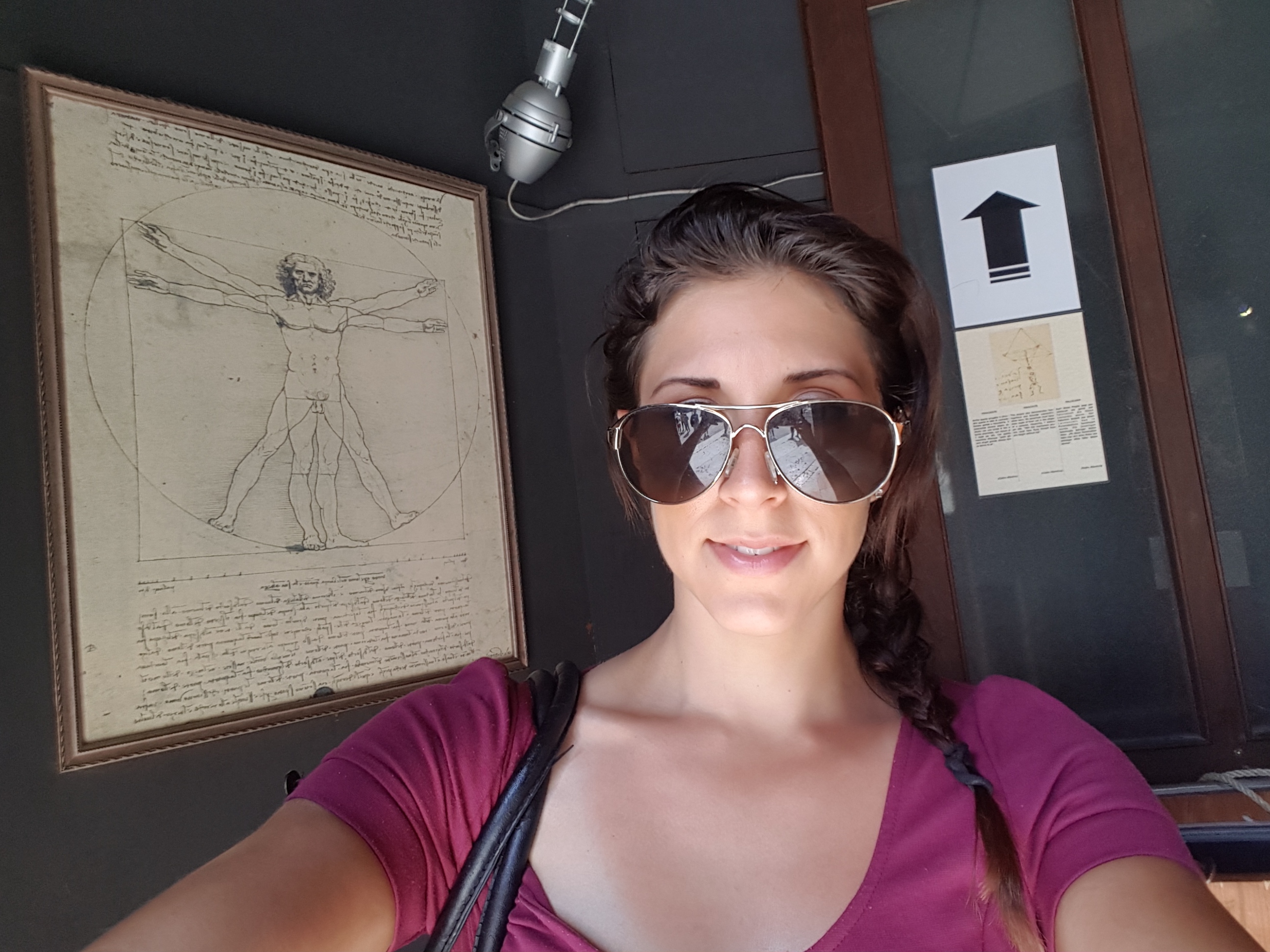
Giacomo Girolamo Casanova was an Italian adventurer and author from Venice. His autobiography, 'Histoire de ma vie' is regarded as one of the most authentic sources of the customs and norms of European social life during the 18th century. He has become so famous for his often complicated and elaborate affairs with women that his name is now synonymous with the title of being a "womanizer". He spent his last years in Bohemia as a librarian in Count Waldstein's household, where he also wrote the story of his life.
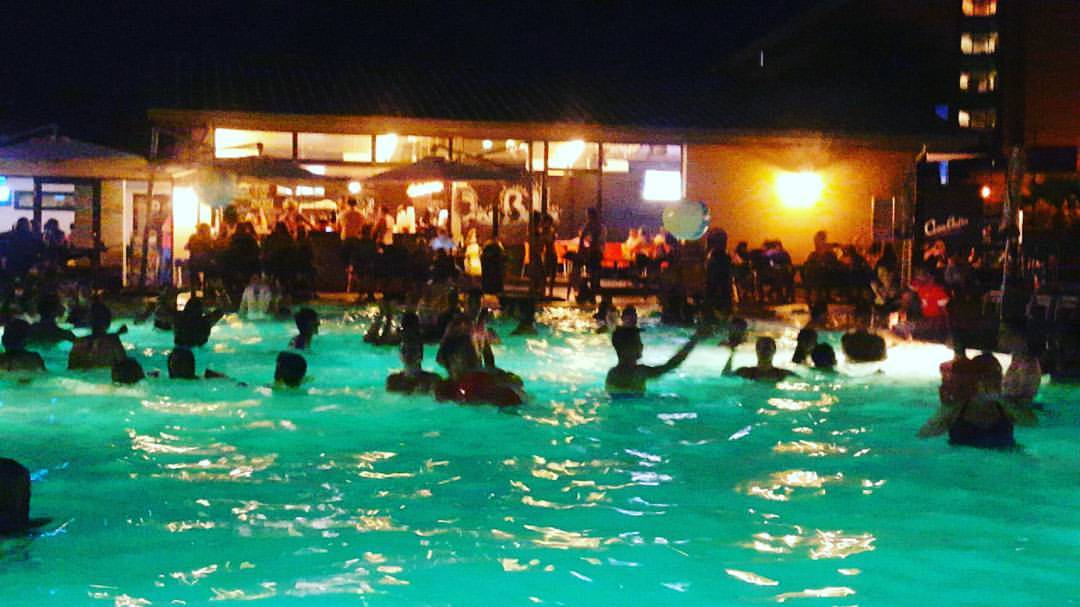
In Venice, our group stayed at a camp on the mainland and were treated to a buffet all you can eat dinner - before partying the night away with a pool party, and free-poured buckets of alcohol. Our day in Venice began drearily with constant drizzle. We caught the vaporetto over to the main sesteri and visited St Marks campanile, before setting off on an iconic gondola ride. Followed by Venetian lace-making demonstrations and a Murano glass-blowing demonstration - where the sculptor made a perfect Ferrari horse in a matter of seconds. A few of us set off to find the Acqua Alta bookstore, which was by far the coolest bookstore I've ever ventured into. Venice is full of twists and turns, and we often got lost amongst the islands, but I was able to locate the Da Vinci museum - checking out replica's of his invention, artwork and manuscripts.
The day ended quickly and we wrapped up a less alcoholic night with Venetian mussels and bruschetta for dinner.
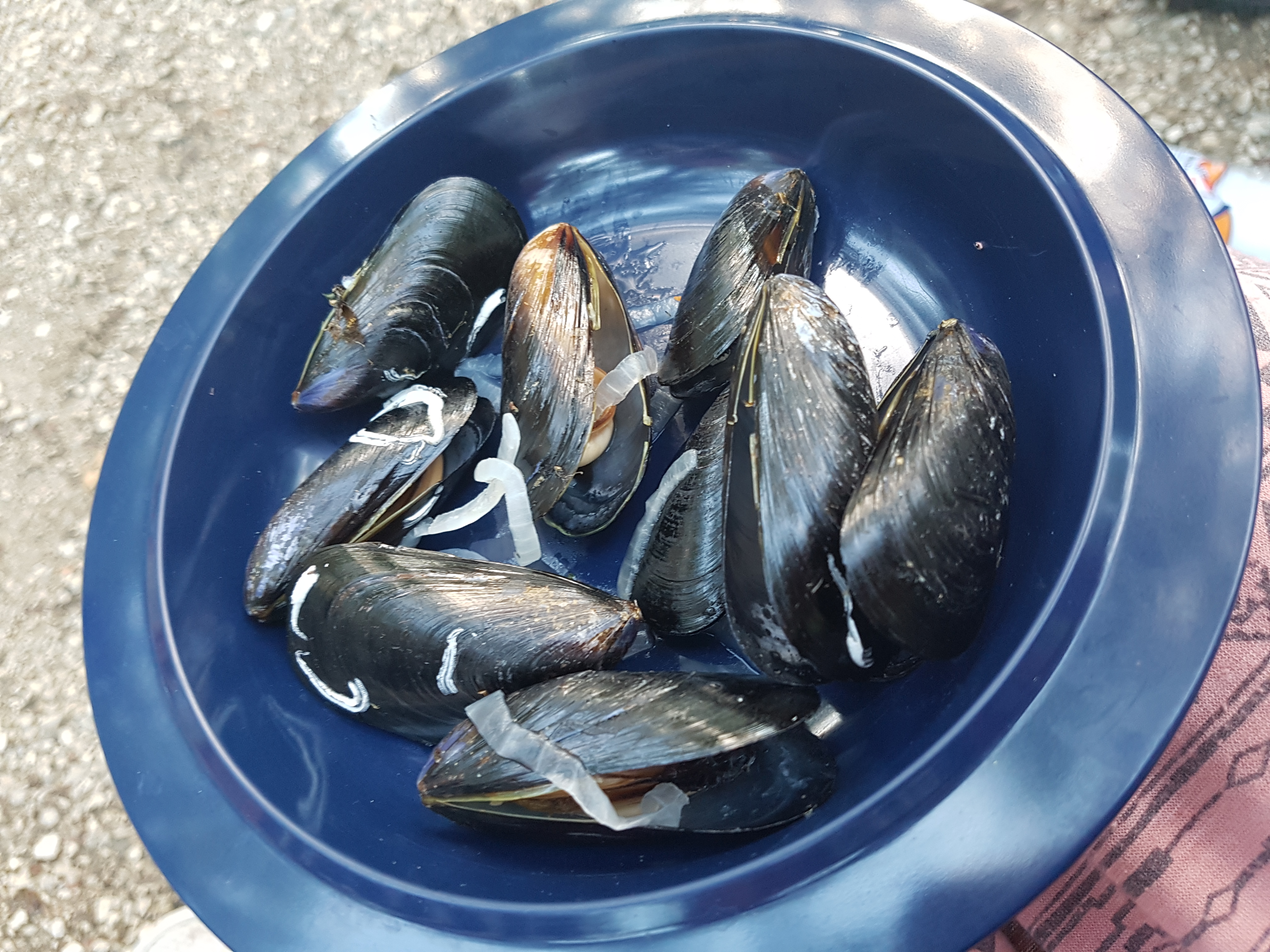
Florence (Fiorenze),
The capital of Tuscany, surrounded by the aptly named Tuscan Hills, Fiorenze is considered the birthplace of the Italian Renaissance, and was ruled by the Medici family. The city of Florence was established by Julius Caesar in 59BC and is situated on the Arno river.
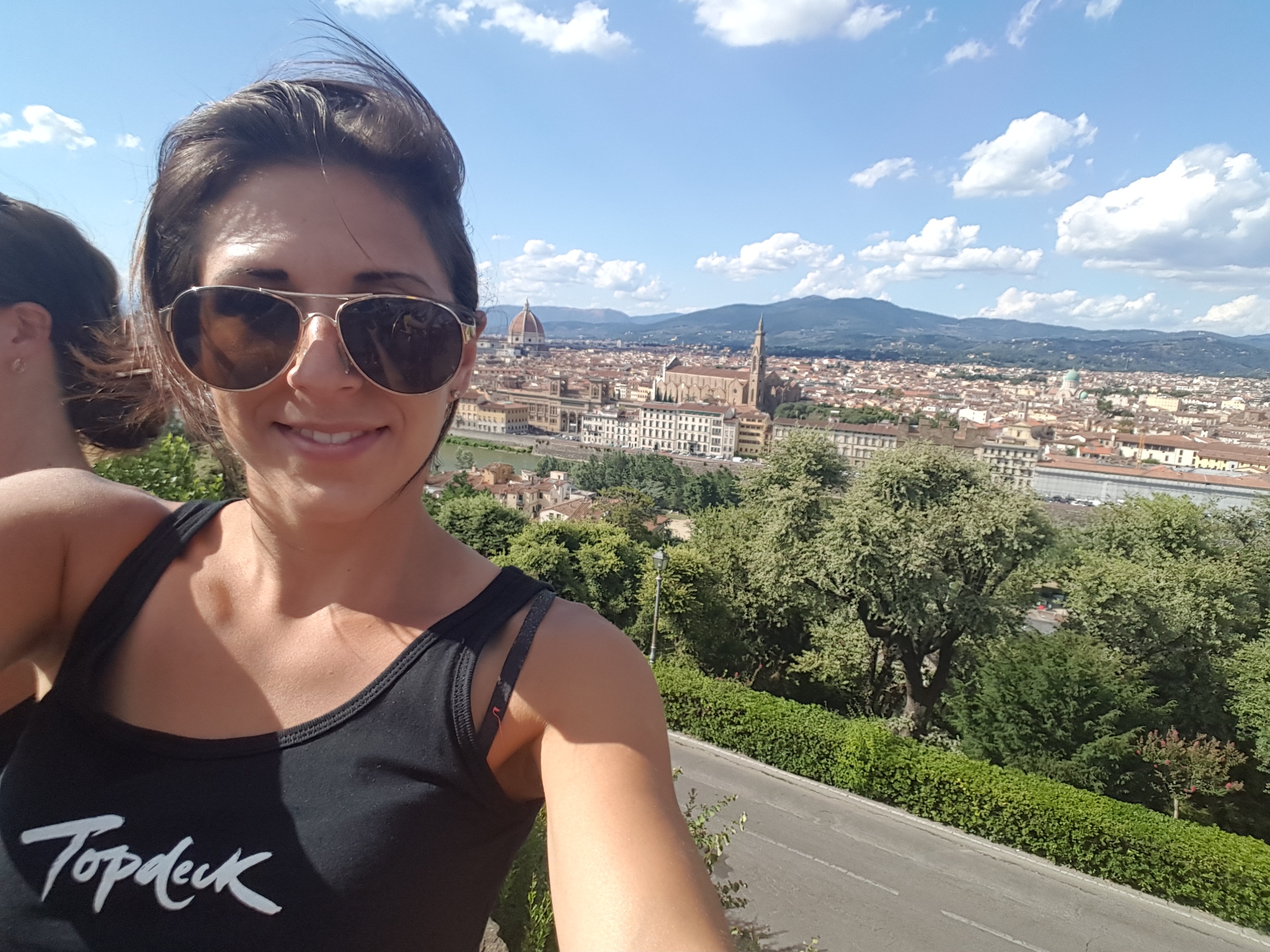
Our group embarked on a walking tour of Florence before dinner this included the famous sites of Palazzo Vecchio, Ponte Vecchio, The Duomo and Piazzale Michaelangelo. For dinner we treated ourselves to pre-ordered Florentine steak - Bistecca Alla Fiorentina. A favourite of Tuscan cuisine, the steak is grilled over a charcoal fire, seasoned with salt, sometimes with black pepper, and olive oil. Thickly cut and very large, "Bistecca" are often shared between two or more persons, and traditionally served very rare, sometimes garnished with lemon wedges, if not accompanied by red wine, and accompanied by Tuscan beans as a side dish. Three of us girls struggled to finish this beauty, and I topped mine off with some local Cianti *que Hannibal Lecter
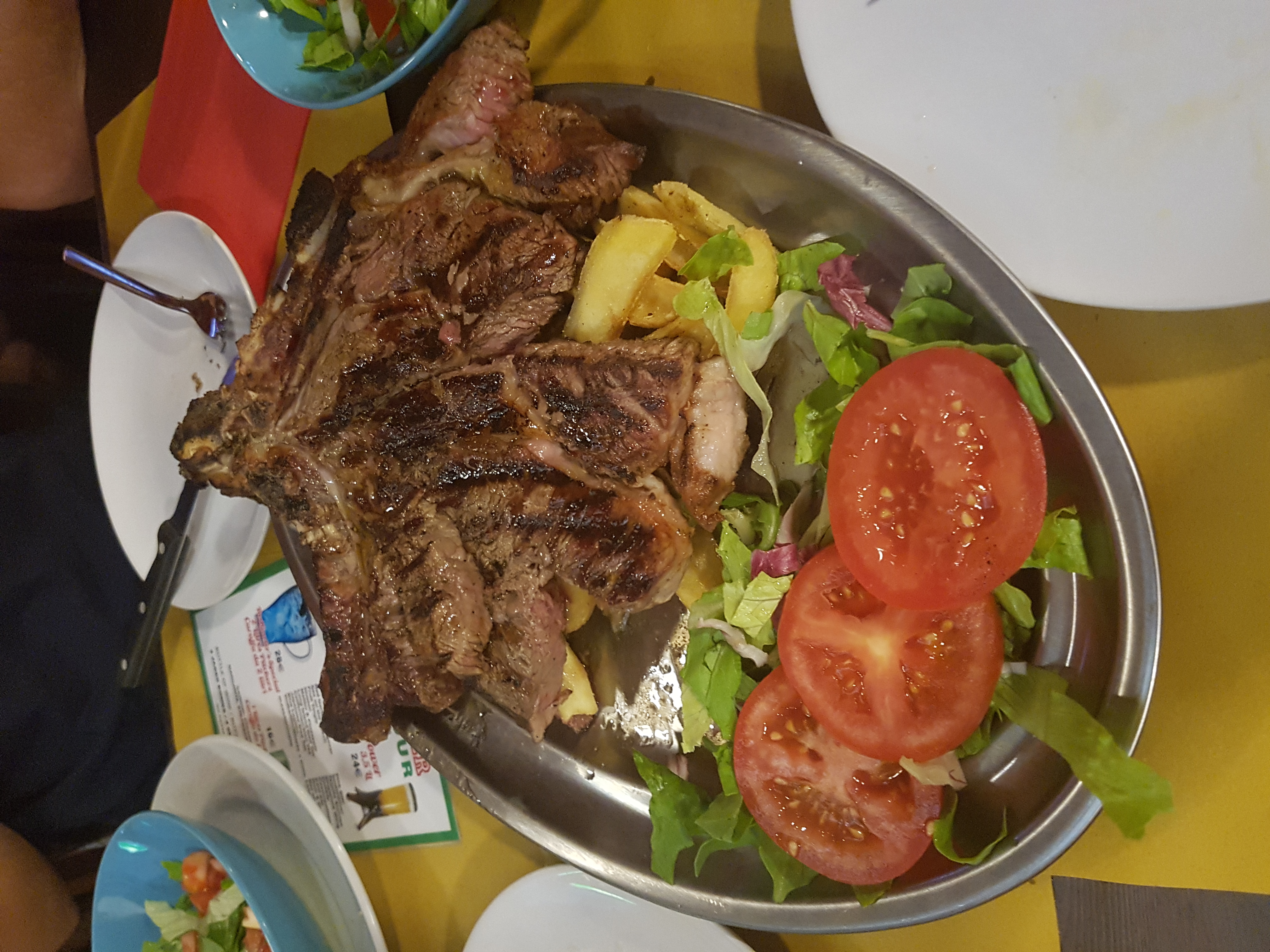
The House of Medici was an Italian banking family, political dynasty and later became a royal house. The family originated in the Mugello region of the Tuscan countryside, gradually rising until they were able to fund their own Medici Bank. The bank was the largest in Europe during the 15th century, seeing the Medici gain political power in Florence.
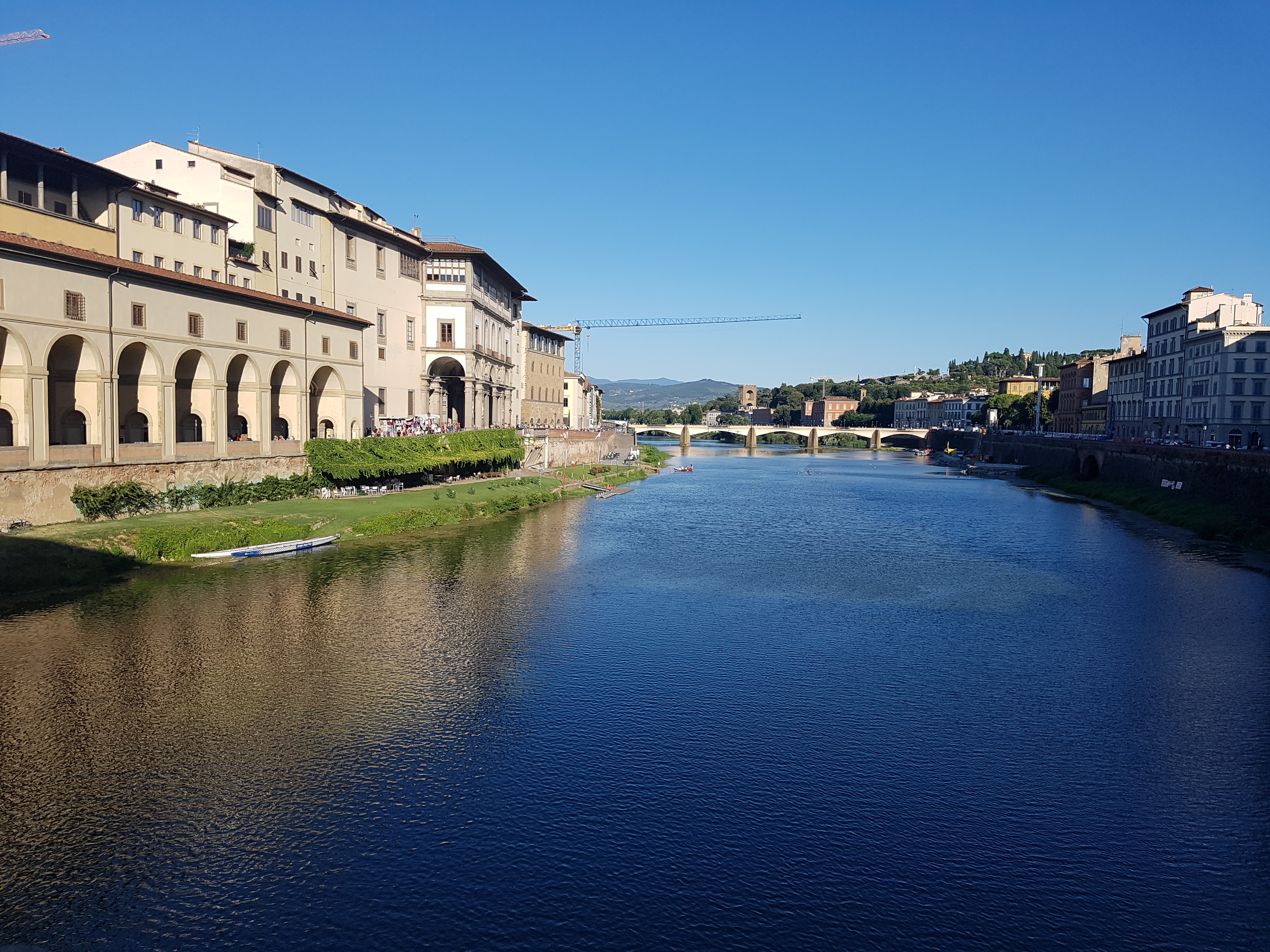
The Cattedrale di Santa Maria del Fiore is the main church of Florence, Italy. The Duomo as it is referred to in modern times, began in 1296 in the Gothic style with the design of Arnolfo di Cambio. The exterior of this basilica is faced with polychrome marble panels in various shades of green and pink bordered by white and has an elaborate Gothic façade.
The Duomo is one of Italy's largest churches, and until development of new structural materials in the modern era, the dome was the largest in the world. It remains the largest brick dome ever constructed.
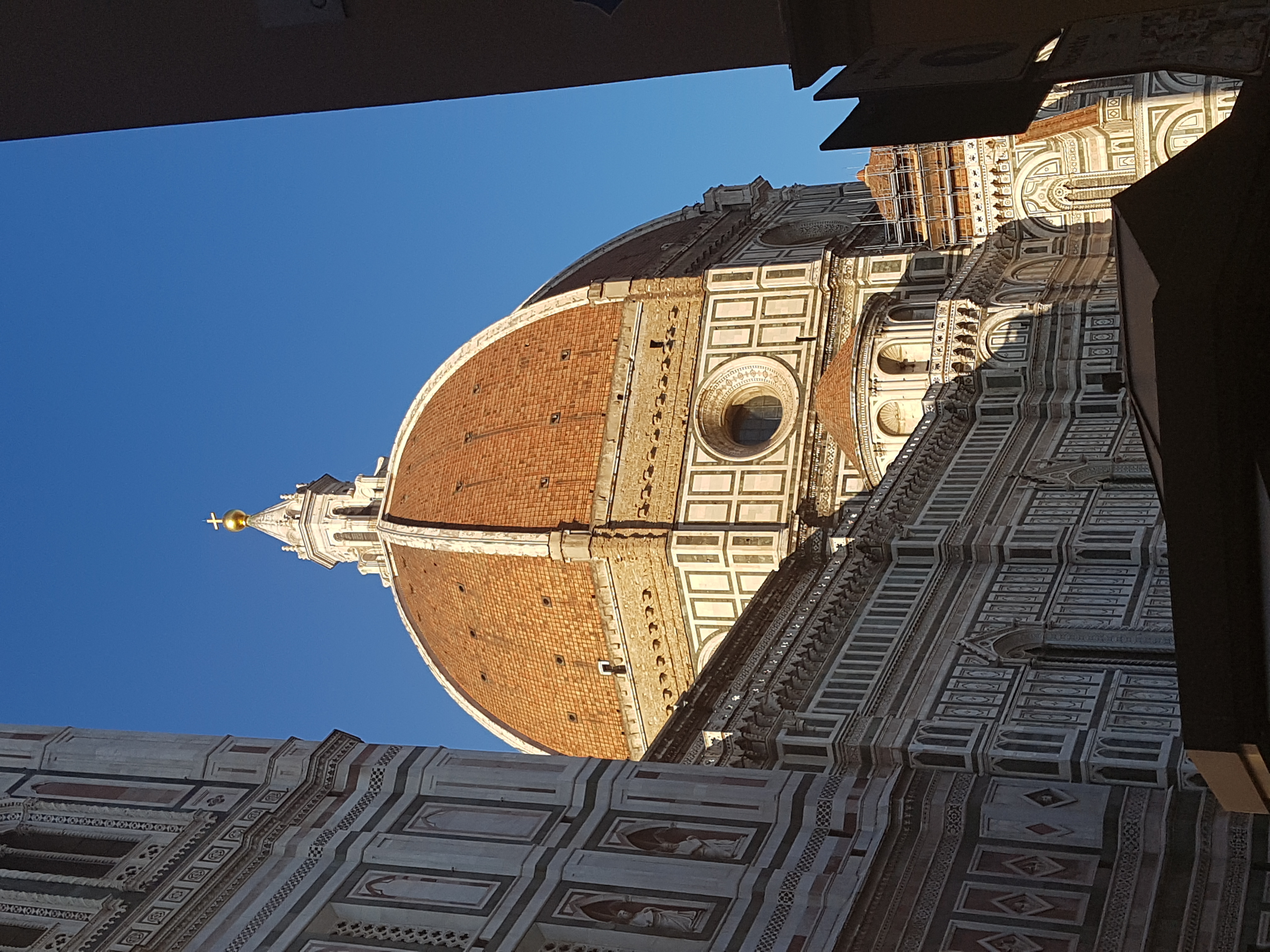
The Galleria dell'Accademia di Firenze, or "Gallery of the Academy of Florence", is an art museum in Florence, Italy. It is the home of Michelangelo's sculpture David. It also has other sculptures by Michelangelo and a collection of Renaissance paintings. A lot of this collection has been donated and funded by the Medici family
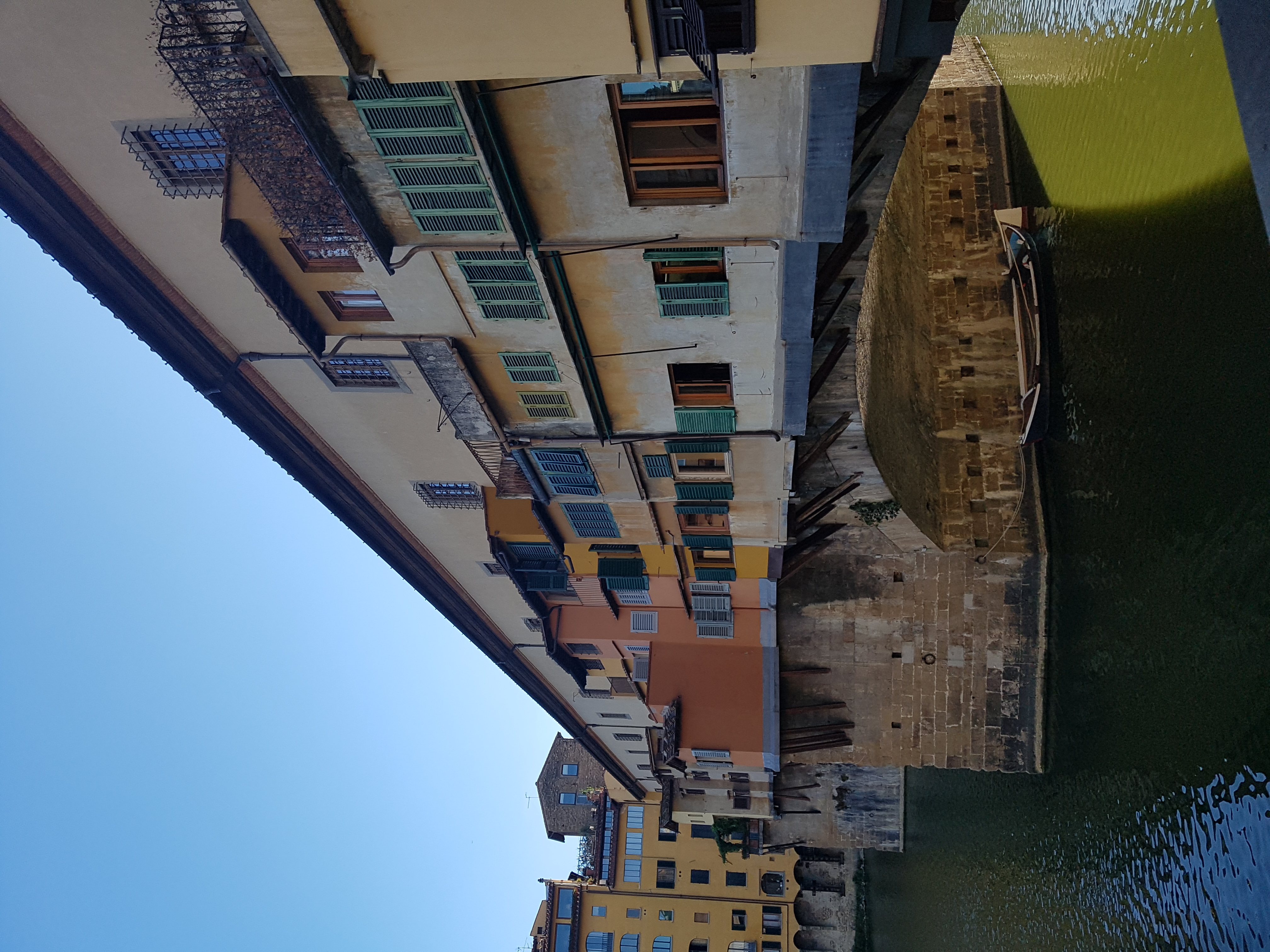
David is a masterpiece of Renaissance sculpture created between 1501 and 1504 by Michelangelo. It is a 5.17-metre marble statue of a standing male nude. The statue represents the Biblical hero David, a favoured subject in the art of Florence. The statue was placed in a public square, outside the Palazzo della Signoria, the seat of civic government in Florence, where it was unveiled on 8 September 1504. A block of marble was provided from a quarry in Carrara, a town in the Apuan Alps in northern Tuscany.
